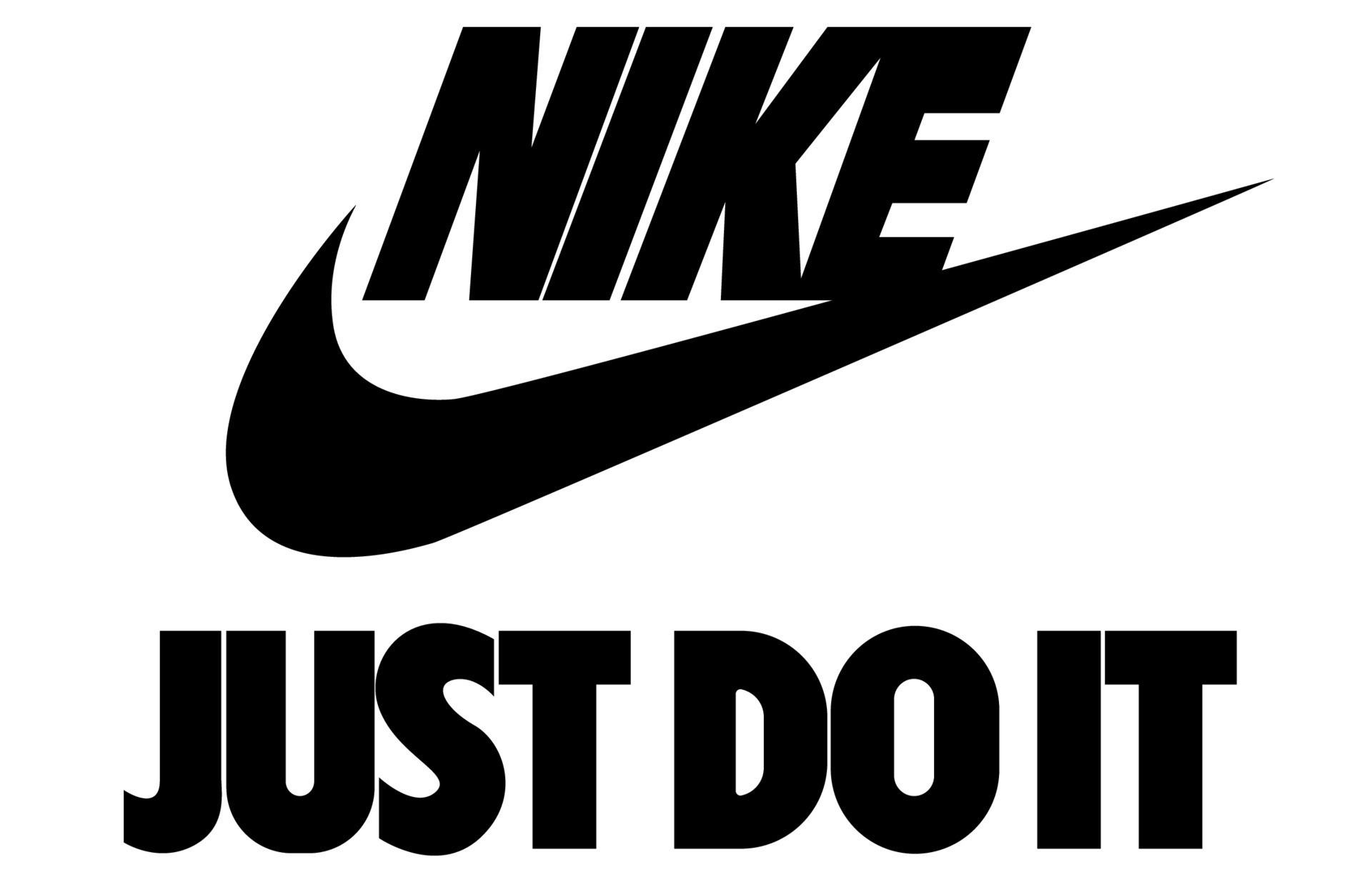What is Brand Positioning

Brand positioning is the process of positioning your brand in the mind of your customers. More than a tagline or a fancy logo, brand positioning is the strategy used to set your business apart from the rest.
As prominent as it is in marketing, brand positioning is also one of the most misunderstood terms. And that’s a problem. Because here’s the thing: if you don’t know what brand positioning means for your company, you may end up spending time and money on tactics that don’t actually help you reach your goals.
The goal of this post is to help you understand what brand positioning means for you and your business.
How Important Is Brand Positioning?
With 89 percent of brand marketers concerned about creating engaging brand experiences and 77 percent of B2B marketing leaders convinced that branding is critical to growth, it is clear to see just how important brand positioning is. In addition to the critical element of customer recognition, brand positioning is important for your business in these four ways:
1. It defines your target market.

You can’t be all things to all people. If you try, you’ll end up with a product or service that’s too expensive for some and not good enough for others. What’s worse, you won’t be able to compete on price because your higher quality product will cost more to produce or deliver. You’ll be stuck in the middle — the place most products and services go to dies down (or at least become mediocre).
2. It helps you stand out from your competition.
In a crowded marketplace, it can be difficult for your business to get noticed. You may offer an exceptional product or service, but if you can’t stand out from your competition, it’s easy for consumers to shop elsewhere. With effective brand positioning, your company becomes memorable and recognizable. This improves the chances that customers will choose you over other businesses offering similar products or services.
3. It increases the value of your business.
Ultimately, a strong brand is an asset that will help improve the value of your business as a whole. When consumers know and trust your company, they are more likely to be loyal to it – in fact, according to research from Nielsen Global Brand Loyalty Study, 55 percent of customers remain loyal to brands that inspire trust and confidence in them. As such, you’re much more likely to retain existing customers and attract new ones with a positive brand position than you are if you fall flat on your messaging strategy.
4. It helps build trust with customers.
Customers want to know what they’re getting when they buy a product or service from a particular company, and brand positioning helps reinforce those expectations. By consistently delivering on promises related to its position in the marketplace, a company can build trust with customers over time. A strong brand also encourages word-of-mouth marketing, which is one of the most effective forms of marketing available today.
How to Create Strong Brand Positioning
It’s not easy to stand out in a crowded marketplace. After all, consumers are constantly overwhelmed with advertisements and messages from brands vying for their attention and loyalty.
It’s important to create strong brand positioning for your business in order to build brand awareness, establish loyal customers and ultimately increase sales.
Here are three tips to help you along the way:
1. Differentiation through Unique Value Proposition
To effectively position your brand, it is crucial to differentiate yourself from competitors by offering a unique value proposition. Identify what sets your brand apart and highlight those distinctive qualities that provide value to your customers.
Whether it’s superior product quality, exceptional customer service, or innovative features, emphasizing your unique selling points will help create a strong brand positioning.
For example, you’re in the smartphone industry, and your brand’s unique value proposition is exceptional camera quality.

You can differentiate your brand by highlighting the advanced camera technology, such as high-resolution sensors, optical image stabilization, and innovative photography features that capture stunning images even in low-light conditions.
By emphasizing this unique selling point, you position your brand as the go-to choice for photography enthusiasts who value superior image quality.
2. Emphasizing Brand Personality and Storytelling
One powerful strategy for brand positioning is to develop a compelling brand personality and incorporate storytelling into your marketing efforts.
By humanising your brand and creating an emotional connection with your audience, you can enhance brand recall and loyalty. Share your brand’s story, values, and mission in a way that resonates with your customers, evoking their emotions and building a sense of trust and authenticity.
For example, consider a clothing brand that focuses on sustainable and eco-friendly practices.

You can develop a brand personality that embodies values like environmental consciousness, social responsibility, and ethical sourcing.
Through storytelling, you can share the journey of your brand’s commitment to sustainability, highlighting initiatives like using organic materials, supporting fair trade, and reducing waste.
By communicating these values and weaving a compelling narrative, you connect with consumers who prioritise environmentally friendly fashion choices.
3. Leveraging Emotional Branding Techniques
Emotional branding is a highly effective strategy for brand positioning. By tapping into the emotions of your target audience, you can create a strong bond between your brand and customers.
Identify the core emotions that align with your brand and craft messaging and visuals that evoke those emotions. Whether it’s joy, nostalgia, or a sense of belonging, leveraging emotional branding techniques can help your brand leave a lasting impression.
For example, imagine a skincare brand that aims to boost self-confidence and empower individuals.

By understanding the core emotions of your target audience, you can create messaging and visuals that evoke feelings of self-assurance, inner beauty, and personal transformation.
Through powerful testimonials, you can showcase real stories of customers who have experienced improved self-esteem and a sense of empowerment by using your skincare products.
By leveraging emotional branding techniques, you forge a deep emotional connection and position your brand as a catalyst for personal growth.
Brand Positioning Examples
Brand positioning is an important part of any marketing strategy because it offers consumers a clear idea of what the brand is, who they are selling to, and what they are trying to do. The best examples of brand positioning can be seen in the companies that have made their mark on the industry and still remain at the forefront today. Here are five examples of brand positioning that you should learn from.
1. Red Bull: The brand that gives you wings

When it comes to brand positioning, Red Bull is the undisputed champion. The leader of the energy drink market has always been known for its clever marketing and product placement. But the company’s success goes beyond its clever advertisements – it all begins with their brand positioning.
Red Bull’s tagline “Gives you wings” doesn’t just describe what their product does. It also describes what their consumers experience when they drink it: a sense of freedom, youthfulness and fearlessness. Red Bull uses this to target younger audiences who are looking for a fun way to get an extra boost of energy while they work hard and play hard.
2. Nike: Just do it

Nike is another great example of how to nail your brand positioning strategy right on the head. Their famous tagline “Just do it” has become an iconic phrase in modern pop culture, but it also addresses one of their target audience’s biggest needs – motivation.
The apparel giant has positioned itself as a source of inspiration for those who want to achieve their fitness goals. This message is reinforced by their famous advertisements which often show athletes going through exercise routines or preparing for sports competitions.
3. HubSpot: “Inbound Marketing”

HubSpot has positioned itself as THE go-to resource for all things related to Inbound Marketing which is a term they coined themselves. They have gone on to be featured in many high-profile publications such as Forbes and Entrepreneur, becoming experts in the field over time.
4. Airbnb: “Belong Anywhere”

Airbnb is a great example of how a company can use brand positioning to reinvent an industry. The company developed a new way for people to travel by offering private accommodations in cities around the world. In 2014, Airbnb rebranded itself in an attempt to highlight its massive global expansion and appeal to more than just tourists. It now has over 2 million listings in 191 countries. As part of its rebrand, it introduced a new tagline: “Belong Anywhere,” which appeals to travelers who want to feel like they belong while they’re on the road.
5. McDonald’s: “I’m lovin’ it”

McDonald’s chose this slogan to reflect its promise as a family-friendly brand with affordable prices and a happy vibe. This is evident in its soundtracks, commercials, and even restaurant design. The company also uses this slogan as an opportunity to encourage people of all ages to do good deeds like volunteer work – reinforcing their message that life is full of happiness and opportunities if you take the initiative.
Implementing Brand Positioning
When it comes to brand positioning, it’s not just about crafting the right strategy, but also about effectively implementing it. In this section, we will explore key steps and considerations involved in implementing brand positioning to ensure its success.
1. Internal Alignment and Stakeholder Buy-In
Before communicating your brand positioning to the external world, it’s crucial to ensure internal alignment within your organization.
This involves gaining buy-in and support from key stakeholders, such as executives, employees, and partners. By involving them in the brand positioning process from the start, you can create a sense of ownership and alignment with the strategic direction of the brand.
Conduct internal workshops, meetings, and training sessions to communicate the rationale behind the brand positioning, its benefits, and how it aligns with the overall business objectives. This internal alignment will help drive consistency in brand messaging and actions, ultimately enhancing the brand’s positioning in the marketplace.
2. External Communication and Brand Messaging
Once you have achieved internal alignment, it’s time to communicate your brand positioning to the external world.
This involves developing clear and compelling brand messaging that effectively conveys your brand’s unique value proposition, personality, and positioning in the market.
Craft a consistent brand story that resonates with your target audience and differentiates your brand from competitors. Use real-life examples and storytelling techniques to engage and captivate your audience.
Ensure that your brand messaging is integrated across all touchpoints, including your website, social media channels, advertising campaigns, and customer interactions. Consistency and coherence in your brand messaging will reinforce the desired brand positioning in the minds of consumers.
3. Monitoring and Measuring Brand Positioning Success
Implementing brand positioning is an ongoing process that requires continuous monitoring and measurement to gauge its effectiveness. Set clear and relevant metrics to assess the impact of your brand positioning efforts.
These metrics could include brand awareness, brand perception, customer loyalty, market share, and financial performance indicators. Uterlise tools such as brand tracking surveys, social media listening, and website analytics to gather data and insights.
Regularly analyse the data to evaluate the progress of your brand positioning and make informed adjustments if necessary. Monitoring and measuring brand positioning success will enable you to identify opportunities for improvement and ensure that your brand stays aligned with the evolving needs and preferences of your target audience.
How to Improve Brand Positioning
Here are three ways to improve your brand positioning:
1. Test New Messaging:
The words and images you use in your marketing and advertising should reach people on a deep emotional level.
Look at what you’ve been doing and make sure it’s as effective as it can be. Test different messages through A/B testing, surveys, focus groups or whatever makes sense given your budget and resources.
Even if you don’t want to ask people directly (for example, if the product is still in beta), gather data through other means such as website analytics, sales numbers, etc., to get insight into how consumers are responding to the messaging. With this information, you can tweak your brand positioning accordingly.
2. Take a Customer-Centric Approach:
Brand positioning is all about understanding what your customers want from you and then delivering on that promise.
When making decisions that affect your brand position, seek feedback from customers before proceeding with anything new or exciting (like a new product line or marketing campaign). You may get some great ideas by seeing things through their eyes.
3. Advertise on Multiple Platforms:
Promote your business across social media, email, website content and other online channels. It’s important to be present wherever your customers go, so they’ll see your brand multiple times in different places and will begin to associate it with the products and services you want them to think of when they see your name.
Final Thought
In conclusion, brand positioning is a critical aspect of building a successful and impactful brand. It goes beyond just creating a logo or tagline.
It involves strategic decision-making and consistent implementation of various techniques. By differentiating your brand through a unique value proposition, emphasizing brand personality and storytelling, leveraging emotional branding techniques, and maintaining consistency in messaging and emphasising, you can create a strong and memorable brand identity.
You don’t have to go it alone–with Neu Entity’s help, you can develop creative and evolving strategies for your brand to stay on top of the game.
Related Articles
Let’s Talk!
If what you see here is relevant for you and can help you grow your business or organisation, we’d love to discuss further with you. Drop us a message or schedule an appointment with us.




